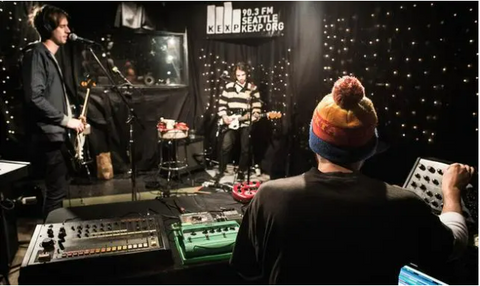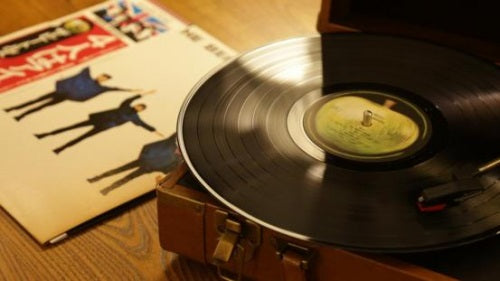
"digital sounds" and "analog sounds"
Share
In the comments of many audiophiles, many words describing the sound style will be mentioned. Audiophiles often have a set of subjective evaluations of their own about sound quality , such as: tri-frequency, sound field, resolution and so on.

Many friends who are new to HIFI are confused about some professional terms, the author also cannot elaborate fullly the meaning of the words such as "digital sound" and "analog sound" from HIFI circle even though I have consulted some qualified audiophiles.
What is the "digital sound" that everyone often talks about? What kind of listening experience is called "digital sound"? Let's talk my personal opinion to all of you today.
Three ways to get in touch with music
Both "digital" and "analog" are sounds and the sound is a kind of waveform. From the point of contacting sound and listening, take a look at how we currently contact with sound.
1. The first:Listen to live music: the sound directly travels through the air to the ear, for example: people voice, the sound directly from musical instruments such as violins and pianos etc.
2.The second: play music with vinyl, tape, etc. Early recorded music used vinyl, tape and other equipment as a carrier to record analog waveforms. Audiophiles often say that the sound from vinyl records is good and some of them even think that sound is full of "analog".
However, the vinyl records and tape will be worn out after long time use, similar to "squeaking" and the signal-to-noise ratio is not high enough.
3.The third :Listen from digital devices: digital audio devices are now widely used to store songs, output analog waveforms from the playback devices. The "digital sound" that the audiophiles say comes from this. Let's focus on thispart.Principles of Digital Waveform Sampling
Let's take a look at the "several pictures" of the principle of waveform acquisition and see why the analog waveform generated by the digital playback device appears "digital flavor" in the mouth of enthusiasts.
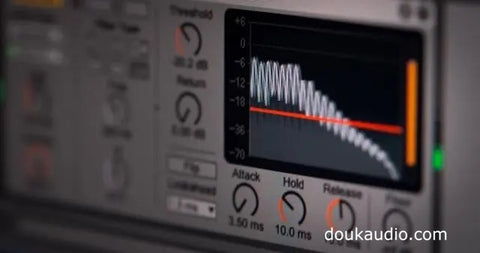
To digitize the sound waveform is to measure and record the value of this physical quantity of the sound waveform at regular intervals.
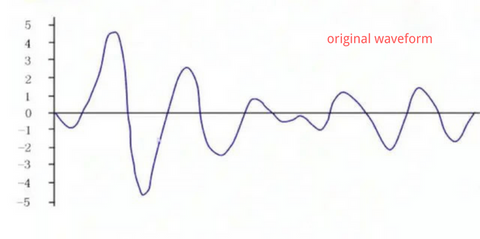
This blue curve is the original sound waveform. We sample every once in a while, record the down-sampled value, and remove the waveform to be the sampling point.
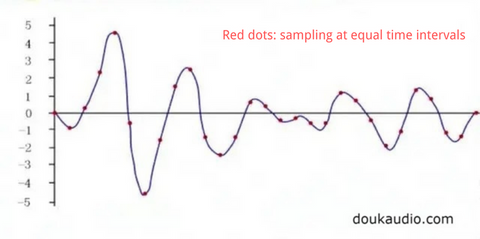
This sampling method is called equal time interval sampling.
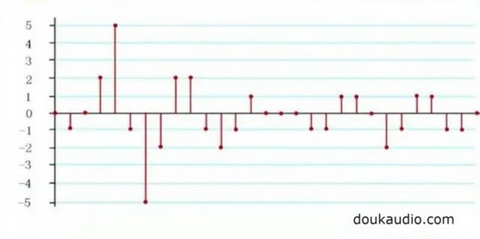
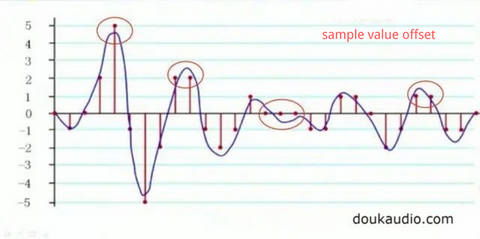 We remove the original waveform, and the obtained sampling points are rounded up to the sampling value; however, the value after sampling is offset from the position of the sampling value recorded by the original waveform.
We remove the original waveform, and the obtained sampling points are rounded up to the sampling value; however, the value after sampling is offset from the position of the sampling value recorded by the original waveform.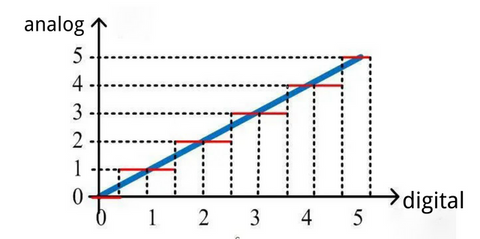
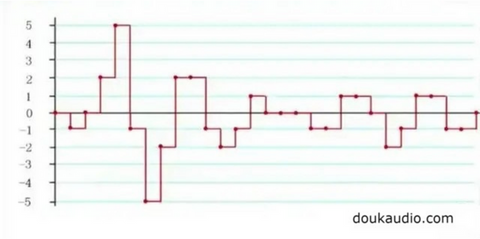
However, the value recorded in this way cannot be restored to the original waveform.
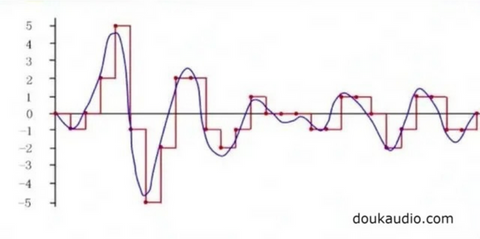
The stair-like shape is the digitized waveform. Compared with the original waveform, the digitized waveform can reveal the difference: from a smooth and supple curve to a stair-like shape.
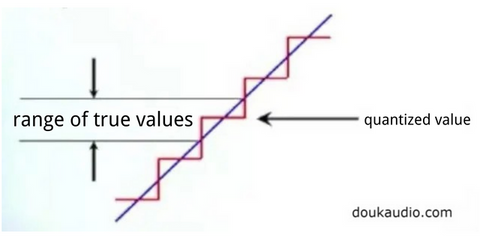
A brief overview: We use digital devices to listen to songs every day, which is to restore the original sound waveform (digital to analog) from the original sampling point (audio file), and send the sound to the sound generating unit (headphone, speaker).
How to "real" restore sound?
According to the research of signal processing: as long as the sampling rate is greater than 2 times the highest frequency of the sound waveform, the original sound waveform can be replaced by the sampled data.
It is the quantization of music: the maximum amplitude of the waveform from negative to positive is divided into how many segments, the more segments, the higher the precision. As shown in the figure, the values of these sampling points are taken and stored in binary form. We collectively refer to the sampling and quantization of sound waveforms as "digitization".

This has to mention Sony's HI-RES standard: the highest frequency we can hear is 20khz, if we reach 44100hz when the sound is collected, it is enough to restore the sound.
Philips says that dividing the amplitude equally into 2^14 squares is 16384 segments.
Sony feels that this is not enough, and dividing the amplitude into 2^16 powers is 65536 segments.
For example, people have quantified waveforms in ancient times. There are two types of mountain climbing methods: slopes and steps. The steps of mountain climbing are the digitization of the hillside.
The hillside turned into a step is the quantification of the waveform by the ancients. The sound turned out to be a natural analog quantity, and we recorded the collected waveform in points, just like steps, and we used 0 and 1 to express the quantized steps. The contrast between the hillside and the steps is not natural and real enough. This makes the digital taste clean/subtle/hard/cold.
The difference between digital and analog
The amount of simulation: you can stand at any starting point and any height. But it is not stable enough and easy to become a slide.
Digitally quantified: can only stand at a limited number of heights, not continuous. But very stable, like walking on the ground.
Compared with the analog quantity, the digital quantized waveform has a strong ability to be disturbed, and has the advantage of being easy to restore after being disturbed.
It can also realize complex functions: after the analog quantity is turned into a digital quantity, it can be processed by calculation method, which is how the sound effect setting on the Sony Walkman comes.
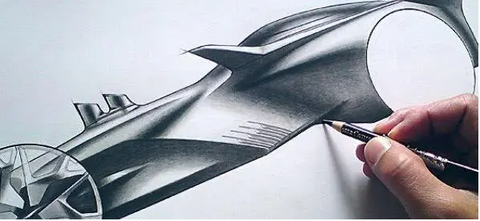
Analogy: Just like a canvas, the canvas on the computer is pure white #FFFFFF after being filled with white. In fact, what you see on a piece of white paper is not pure white.
Some people like to look at the patterns drawn on the tablet, and they think it is clean and delicate; some people like to look at the patterns drawn on the paper, and they feel that the drawings on the paper are more real.
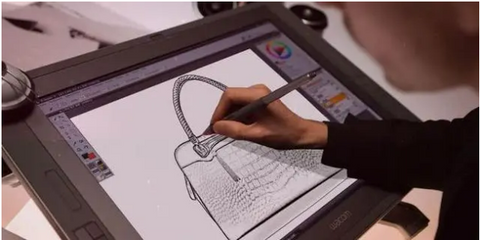
What kind of listening experience is called digital sound?
Personal understanding: You can hear the digital taste because the analog waveform generated by digital audio after digital conversion and rectification amplification on the playback device has a certain degree of loss and harmful distortion. The waveform is not truly restored and is not perfect. (THD+N, clipping distortion, etc.)
analog sounds are closer to real life sounds. Equipment that directly collects waveforms, such as vinyl and tape, does not require the above-mentioned sampling and conversion of digital signals to analog signals before listening. Distortion during sampling, conversion, etc. is avoided.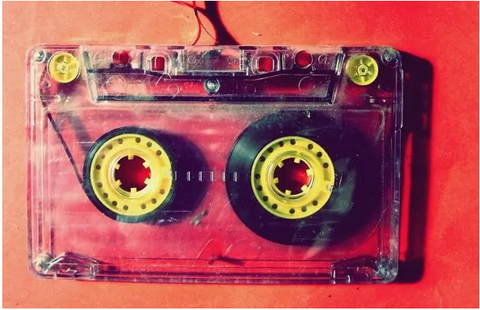
In digital audio playback equipment: nice, real sound should be what we call "analog sound".
As a HIFI player, of course, what you want to pursue is HI-END. However, our pursuit of HIFI high-fidelity music can be said to run counter to the current development of digital audio. With the continuous development of technology, the sound quality of digital audio will get better and better, and the real HIFI will become more and more niche.